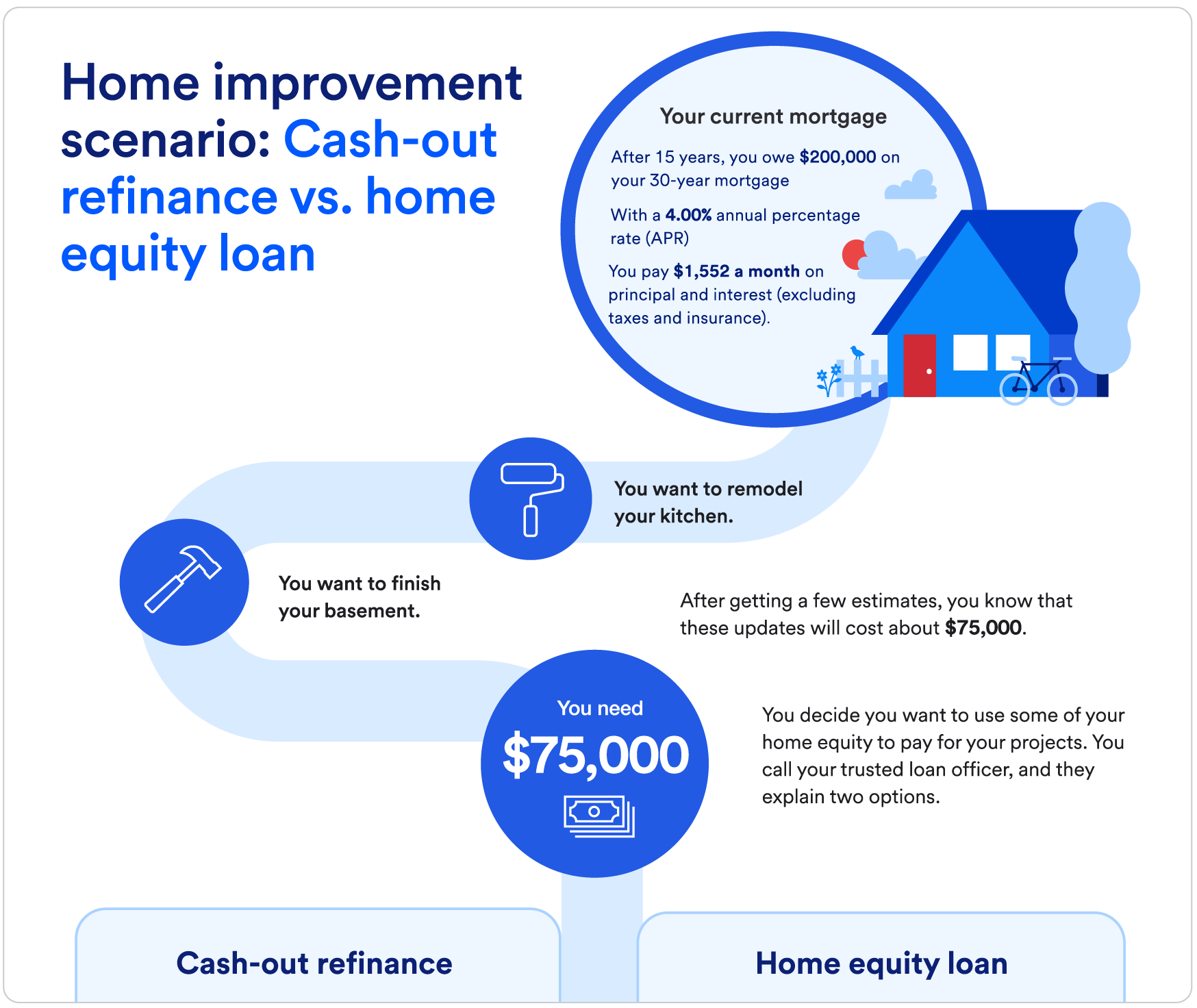The Legal Side of Equity Release Mortgages You Should Know
The Legal Side of Equity Release Mortgages You Should Know
Blog Article
Discovering the Various Kinds Of Equity Release Mortgages Available Today
Equity Release mortgages existing numerous choices for homeowners aged 55 and over. equity release mortgages. These monetary items provide to different needs and choices, enabling individuals to accessibility funds from their home. From life time home loans to common recognition home mortgages, each kind provides distinct advantages. Recognizing these options is crucial for making notified decisions. What elements should one think about when choosing the most ideal equity Release plan? The details that comply with may clarify this vital subject
Comprehending Equity Release Mortgages
Equity Release home mortgages offer home owners, usually those aged 55 and over, with a way to access the value bound in their residential or commercial property without needing to market it. This financial option permits individuals to transform a portion of their home equity right into cash, which can be used for various purposes, such as home enhancements, repaying debts, or funding retirement.Equity Release can take different forms, yet it basically involves loaning versus the value of the home while preserving ownership. Homeowners can pick to receive a swelling sum or a series of smaller payments, relying on their monetary needs and preferences.Additionally, the quantity offered for Release is affected by the residential or commercial property's value, the house owner's age, and certain lending institution standards. On the whole, comprehending equity Release mortgages is essential for property owners to make educated decisions regarding using their home's equity while considering the long-term implications.
Life time Mortgages
Lifetime mortgages represent one of the most popular types of equity Release. This monetary item enables home owners, generally aged 55 or older, to borrow against the value of their home while keeping ownership. The loan, which is safeguarded versus the home, builds up interest gradually but does not call for month-to-month payments. Instead, the financing and built up rate of interest are repaid when the homeowner dies or moves into lasting care.Lifetime home mortgages provide adaptability, as consumers can select to obtain a round figure or opt for a drawdown center, accessing funds as needed. Notably, many strategies included a no-negative-equity guarantee, guaranteeing that borrowers will certainly never owe greater than the worth of their home. This function gives assurance, permitting individuals to appreciate their retirement without the anxiety of diminishing their estate. Generally, life time mortgages act as a feasible option for those seeking economic assistance in later life.
Home Reversion Plans

Drawdown Lifetime Mortgages
While lots of property owners look for ways to access their riches, drawdown lifetime home loans present an adaptable option that allows people to Release funds gradually. This sort of equity Release home mortgage makes it possible for house owners to obtain versus the value of their property while maintaining possession. Unlike traditional life time home mortgages, drawdown plans enable consumers to access a portion of their equity upfront and take out added funds as required, approximately an established limit.This attribute can be especially useful for those who want to handle their funds thoroughly, as it lessens interest accumulation by only billing passion on the amounts attracted. In addition, drawdown life time home mortgages frequently include a "no adverse equity warranty," guaranteeing that debtors will certainly never ever owe greater than their home's value. This choice suits retired people who want monetary safety and adaptability, permitting them to meet unexpected expenses or keep their way of life without needing to offer their building.
Enhanced Lifetime Mortgages
Enhanced Lifetime Home mortgages provide distinctive benefits for qualified house owners seeking to Release equity from their residential properties. Recognizing the qualification criteria is necessary, as it establishes that can gain from these specialized fundings. It is also vital to assess the prospective disadvantages associated with improved options, guaranteeing a well-rounded perspective on their use.
Eligibility Standards Explained
Comprehending the eligibility criteria for Enhanced Lifetime Mortgages is crucial for potential candidates looking for to access the equity in their homes. Generally, applicants must be aged 55 or older, as this age requirement is basic in the equity Release market. Home owners need to have a building valued at a minimal threshold, which can differ by loan provider. Significantly, the property has to be their key residence and in excellent condition. Lenders usually assess the home owner's wellness status, as particular health and wellness problems might improve qualification and benefits. In addition, applicants must not have existing substantial financial obligations secured against the residential or commercial property. Satisfying these criteria enables people to explore Improved Life time Mortgages as a practical alternative for accessing funds tied up in their homes.
Benefits of Boosted Mortgages
After clearing up the qualification criteria, it ends up being obvious that Boosted Lifetime Home loans use numerous significant advantages for house owners aiming to leverage their home equity. Largely, they give access to a larger car loan quantity contrasted to common life time home mortgages, profiting those with wellness problems or age-related factors that increase their life span risk. This enhanced borrowing capability enables home owners to fulfill numerous monetary requirements, such as home enhancements or retirement costs. Furthermore, these mortgages generally come with flexible settlement alternatives, making it possible for debtors to manage their finances much more efficiently. The no-negative-equity assurance further guarantees that home owners will certainly never ever owe greater than their building's value, offering peace of mind. On The Whole, Improved Lifetime Home mortgages provide a compelling alternative for qualified property owners looking for monetary services.
Possible Disadvantages Considered
While Boosted Lifetime Home mortgages use various advantages, prospective drawbacks call for careful factor to consider. One significant problem is the influence on inheritance; the equity launched decreases the worth of the estate delegated recipients. Additionally, these home mortgages can accrue considerable interest gradually, leading to a significant financial debt that may surpass the original funding amount. There may additionally be restrictions on building modifications or rental, limiting home owners' flexibility. Furthermore, boosted items commonly call for particular health problems, meaning not all home owners will certainly certify. Finally, managing the charges and fees connected with these home loans can be complex, possibly causing unanticipated prices. Therefore, individuals ought to completely evaluate their situation and speak with financial advisors prior to continuing.
Shared Recognition Home Loans
Shared Gratitude Mortgages stand for an one-of-a-kind economic plan that allows homeowners to accessibility equity while sharing future residential official source or commercial property worth raises with the loan provider. This method offers possible benefits such as reduced month-to-month repayments, but it additionally includes drawbacks that need to be thoroughly considered. Recognizing more the eligibility needs is vital for those thinking about this choice.
Principle Introduction
Equity Release home mortgages, especially in the form of shared appreciation home mortgages, offer home owners a distinct monetary solution that enables them to accessibility funds by leveraging the value of their property. In this plan, a lending institution offers a lending to the home owner, which is commonly paid back via a share of the residential or commercial property's future admiration in value. This implies that when the house owner markets the home or dies, the lending institution receives a percentage of the enhanced worth, instead than simply the first car loan amount. Shared recognition home mortgages can be appealing for those aiming to supplement their income or finance significant expenses while keeping ownership of their home. Nevertheless, the monetary ramifications of common recognition have to be meticulously taken into consideration by possible consumers.
Drawbacks and advantages
Although common admiration home mortgages can supply significant financial benefits, they additionally include noteworthy drawbacks that possible debtors must consider. These home mortgages enable property owners to accessibility equity in their properties while sharing a part of any future admiration with the loan provider. This setup can be useful throughout times of increasing building values, supplying considerable funds without month-to-month repayments. The main disadvantage is the possible loss of equity; homeowners may end up with significantly reduced inheritance for beneficiaries. In addition, the intricacy of the terms can lead to misunderstandings relating to settlement obligations and the portion of recognition owed. It is important for customers to evaluate these aspects very carefully prior to dedicating to a shared recognition home loan.

Qualification Requirements
What criteria must homeowners fulfill to certify for a common recognition home loan? Mainly, prospects have to go to least 55 years old, assuring they are within the target market for equity Release items. Furthermore, the building needs to be their primary residence and commonly valued over a specified minimum limit, commonly around ? 100,000. Lenders likewise assess the home owner's monetary situations, consisting of earnings and arrearages, to establish they can take care of the mortgage sensibly. Importantly, the property needs to be in great condition and without considerable lawful encumbrances. Property owners need to likewise have a clear understanding of the terms, consisting of how admiration will be shown the lender upon sale or transfer of the residential property, as this affects general returns.
Picking the Right Equity Release Choice
Frequently Asked Concerns
What Age Do I Need to Be for Equity Release?
The age demand for equity Release normally starts at 55 for the majority of strategies. Some providers might offer choices for those aged 60 and above, reflecting varying terms based on specific situations and lending institution policies.
Will Equity Release Influence My Inheritance?
Equity Release can affect inheritance, as the quantity borrowed plus rate of interest informative post reduces the estate's value. Successors may get much less than anticipated, depending upon the property's recognition and the complete debt at the time of passing.
Can I Move Home With Equity Release?
The question of moving home with equity Release emerges frequently. Typically, individuals can transfer their equity Release strategy to a brand-new residential property, however specific terms and conditions may use, calling for assessment with the loan provider for advice.
Exist Costs Connected With Equity Release Mortgages?
Fees related to equity Release home loans can include plan charges, assessment charges, and lawful prices. In addition, there might be very early settlement costs, which can influence the total price and economic effects for the consumer.
Exactly How Does Equity Release Effect My Tax Scenario?
Equity Release can influence one's tax situation by possibly increasing gross income, as launched funds are thought about resources. Nevertheless, it generally does not sustain immediate tax obligation liabilities, making it important to seek advice from a financial consultant for personalized advice.
Verdict
In summary, the range of equity Release home mortgages available today uses homeowners aged 55 and over multiple pathways to access their building's value - equity release mortgages. Whether choosing a life time home mortgage, home reversion strategy, or other alternatives, each choice provides unique advantages customized to specific financial needs. Careful consideration and examination with a monetary expert are necessary to assure the selected equity Release solution aligns with personal goals and financial situations, ultimately helping with notified decision-making for a protected monetary future. Equity Release mortgages present various alternatives for homeowners aged 55 and over. Equity Release home mortgages supply home owners, generally those aged 55 and over, with a method to access the worth connected up in their residential property without needing to sell it. Enhanced Life time Home loans provide distinct benefits for eligible property owners looking for to Release equity from their residential or commercial properties. Equity Release home loans, especially in the form of common gratitude mortgages, supply house owners a distinct economic option that allows them to accessibility funds by leveraging the value of their residential or commercial property. In recap, the range of equity Release home loans readily available today uses homeowners aged 55 and over numerous pathways to access their building's value
Report this page